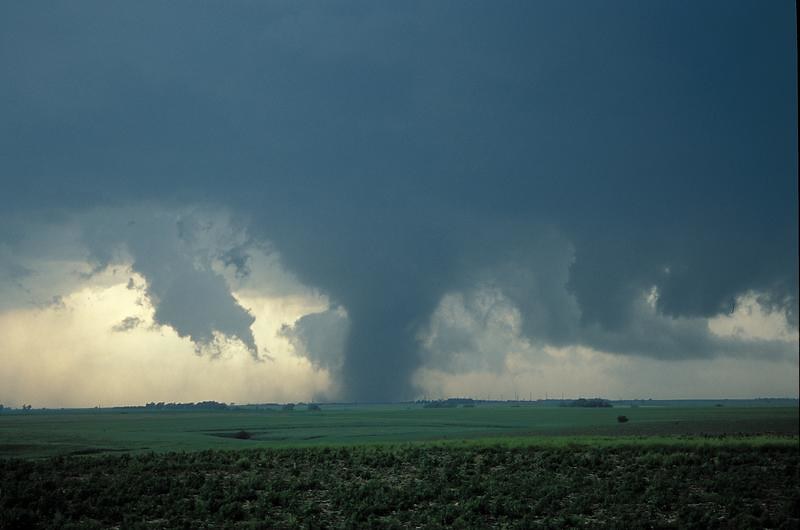Tornadoes are among the most powerful and unpredictable forces in nature. These violent windstorms, characterized by their funnel-shaped clouds, can cause immense destruction in a matter of minutes. Despite advancements in meteorology, tornadoes remain shrouded in mystery. Scientists have made significant progress in understanding the conditions that lead to their formation, but many aspects of tornado behavior still elude complete explanation.
The Formation Conundrum
The formation of tornadoes is linked to severe thunderstorms, particularly supercells. These massive rotating storms create the ideal environment for tornadoes to develop. However, predicting exactly when and where a tornado will touch down is a complex challenge. Meteorologists have identified key factors, such as wind shear, instability, and moisture, that contribute to tornado formation. Yet, the precise mechanism that triggers a tornado within a storm remains a subject of ongoing research.
One mystery is why some thunderstorms produce tornadoes while others do not, even when they share similar characteristics. The exact combination of atmospheric conditions that leads to tornado genesis is still not fully understood, making short-term forecasting difficult.
The Enigma of Tornado Intensity and Duration
Tornadoes vary widely in their intensity and duration. Some tornadoes are brief, lasting only a few minutes and causing minimal damage, while others can persist for hours and devastate entire communities. The Enhanced Fujita (EF) scale is used to classify tornadoes based on the damage they cause, but predicting the potential intensity of a tornado before it forms is a significant challenge.
Scientists are still exploring the factors that determine a tornado’s strength and lifespan. The interaction between different layers of the atmosphere, the speed of the rotating winds, and the availability of energy within the storm all play a role. However, why one tornado becomes a deadly EF5 while another dissipates quickly is not always clear.
The Puzzle of Tornado Paths
The path a tornado takes is notoriously unpredictable. While meteorologists can provide general warnings about the potential direction of a tornado, sudden changes in its trajectory can occur. These shifts can be due to various factors, such as changes in the storm’s structure, interactions with other weather systems, or the influence of topography.
Understanding why tornadoes sometimes change direction abruptly is crucial for improving warning systems and reducing fatalities. Researchers continue to study past tornado events to identify patterns that could help predict these unpredictable changes in path.
Why the U.S. is a Tornado Hotspot
The United States experiences more tornadoes than any other country, with the majority occurring in “Tornado Alley,” a region that stretches from Texas to South Dakota. The reasons for this high frequency of tornadoes in the U.S. are complex and multifaceted. The unique geography of the country, with vast plains that allow warm, moist air from the Gulf of Mexico to collide with cold, dry air from Canada, creates the perfect conditions for tornadoes to form.
However, while the general conditions are understood, the specific reasons why the U.S. experiences so many more tornadoes than other parts of the world remain a topic of research. Factors such as land use, climate change, and even the influence of human activities on weather patterns are being explored to shed light on this mystery.
References:
- https://weather.com/safety/tornado/news/2024-03-06-tornado-myths-busted
- https://www.nationalgeographic.com/science/article/140430-tornadoes-meteorology-atmospheric-science-disasters
- https://www.nationalgeographic.com/science/article/150511-tornadoes-storms-midwest-weather-science
- https://en.wikipedia.org/wiki/Tornado

